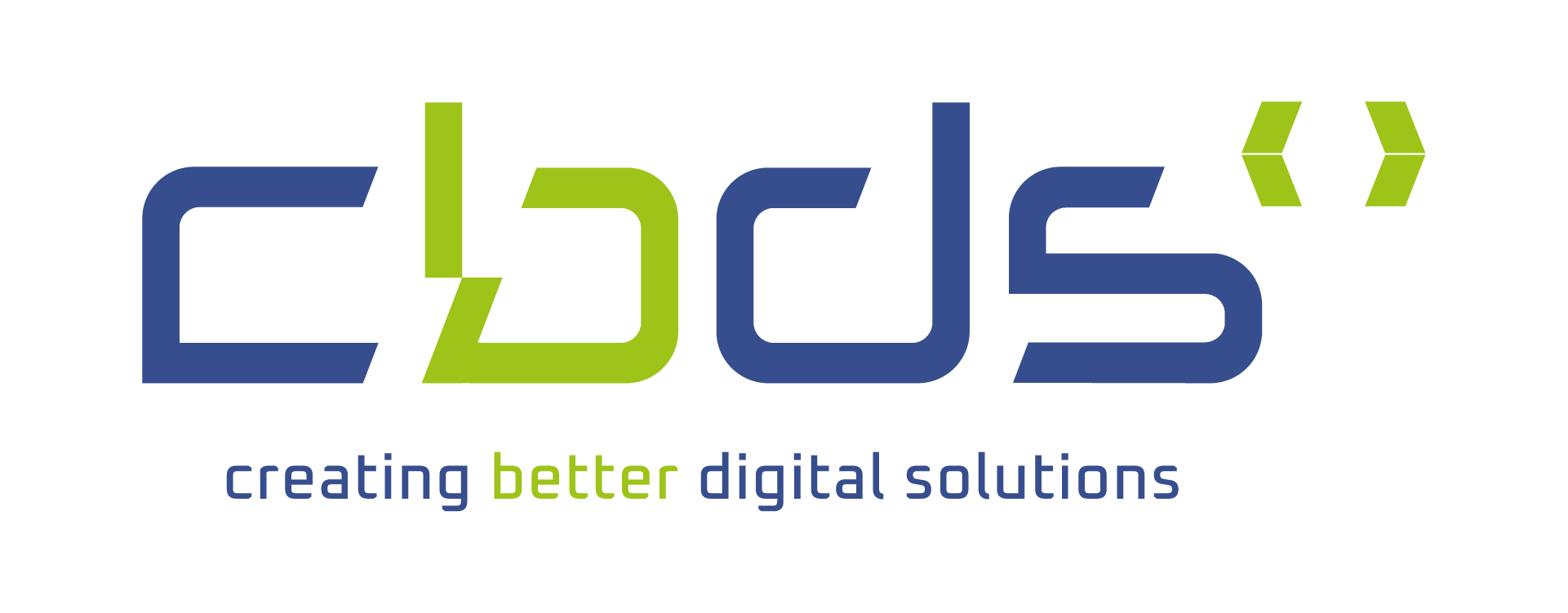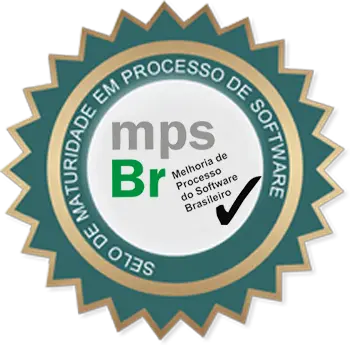Everyone knows the three cloud platform types(IaaS, PasS and SaaS) that are in use today. However,new cloud platform types are emerging. These new platforms include Functions as a Service(FaaS) and Container as a Service(CaaS). FaaS-based(https://en.wikepedia.org/wiki/Function_as_a_Service) applications use technologies like Amazon’s Lambda technologies and Google Cloud functions to build applications deployed as “serverless” chunks of code that run completely on the cloud provider’s platform computing infrastructure. With a FaaS platform, you don’t have to manage any server infrastructure and only pay for computing cycles required to execute the function.
With the Container as a Service(CaaS) model, developers build and deploy their microservices as portable virtual containers(such as Docker) to a cloud provider. Unlike as IaaS model, where you the developer have to manage the virtual machine the service is deployed to, with CaaS you’re deploying your services in a lightweight virtual container. The Cloud provider runs the virtual server the container is running on as well as the provider’s comprehensive tools for building, deploying, monitoring, and scalling containers. Amazon’s Elastic Container Service(ECS) is an example of a CaaS-based platform.
It’s important to note that with both the FaaS and CaaS models of cloud computing, you can still build a microservice-based architecture. Remember, the concept of microservices revolves around building small, services, with limited responsibility, using an HTTP-based interface to communicate. The emerging cloud computing platforms, such as FaaS and CaaS, are really about alternative infrastructure mechanisms for deployin microservices.


